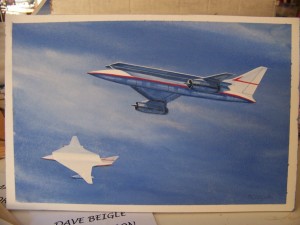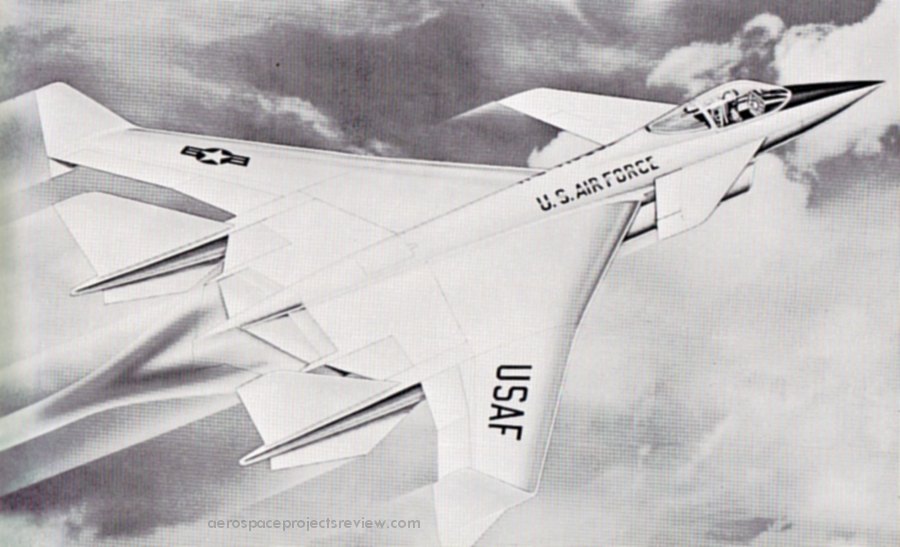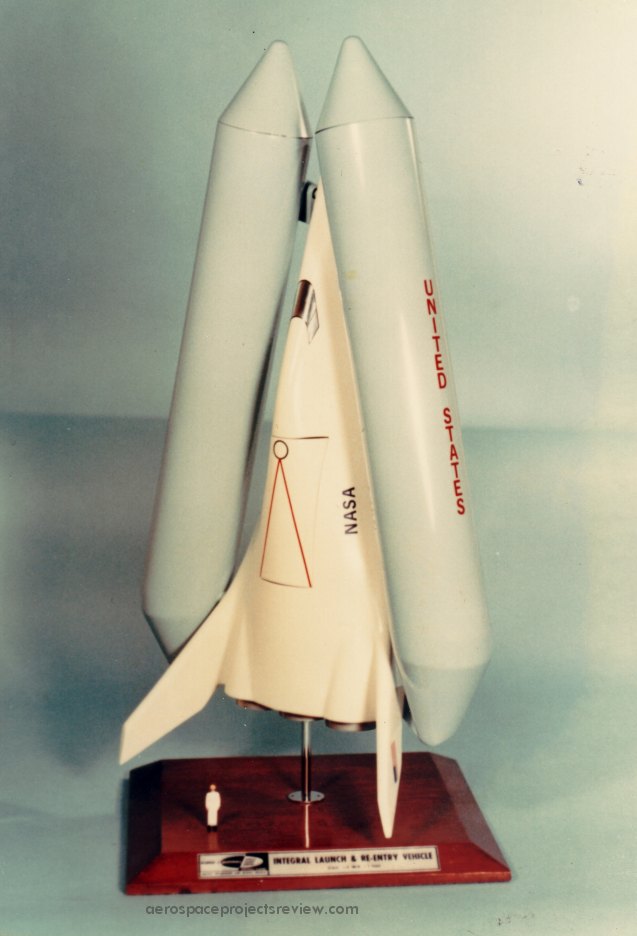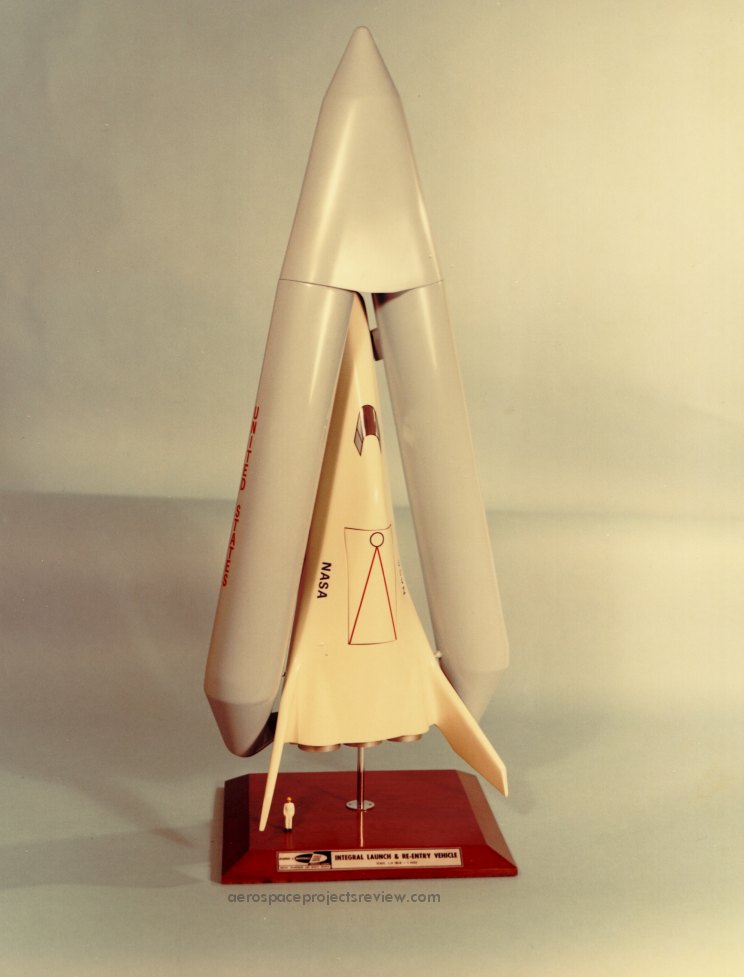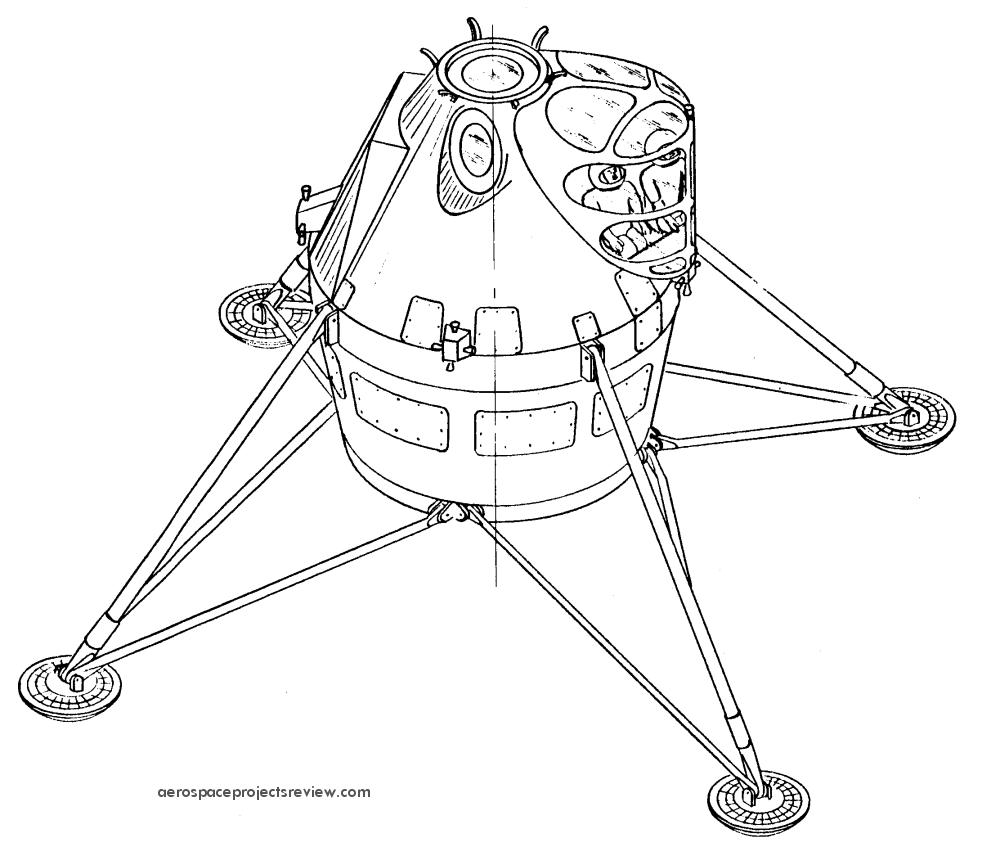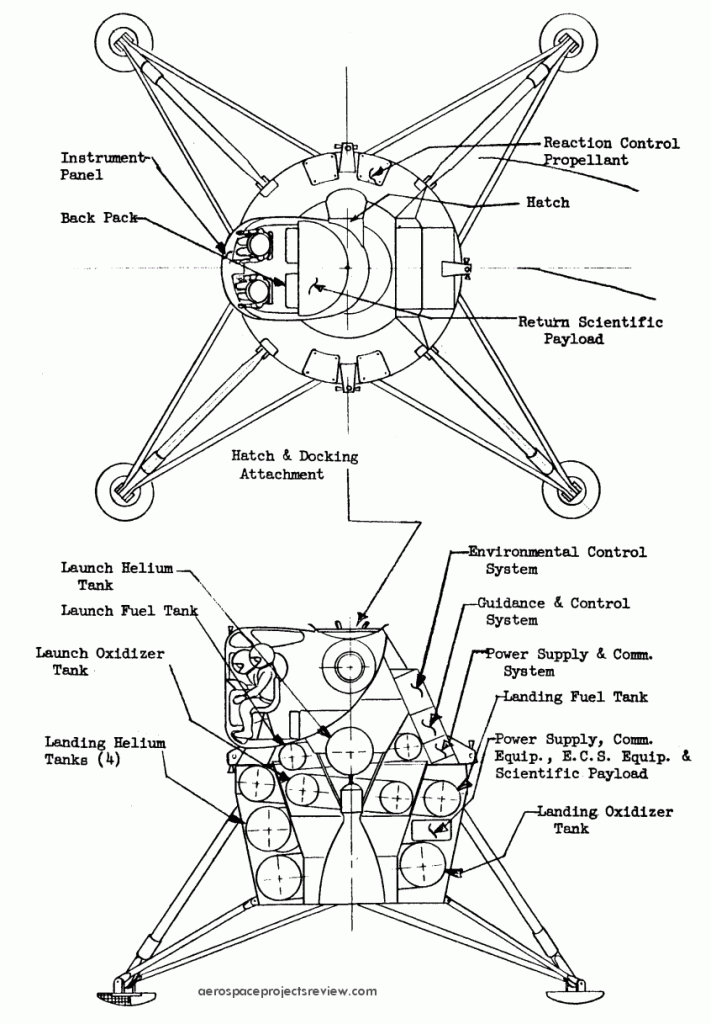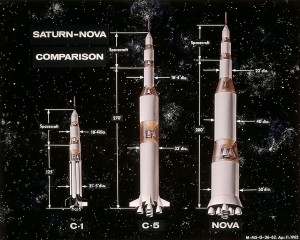While V3N3 is still quite a way from finished, here’s a look at some of the X-20 Dyna Soar Model 2050E drawings being worked on for V3N4. It has been well over a year since V3N2 was released; whether there is a similar delay between V3N3 and V3N4 will be driven in part based on how well V3N3 sells.
AIAA-Houston has just published the Jan-Feb 2013 issue of “Horizons,” a free downloadable PDF magazine. Along with quite a number of other articles, also included is a restored reprint of the “Man’s Survival In Space” article from the Feb. 23, 1953, issue of Collier’s magazine. This is the fourth in the series of eight reprints of the famed Collier’s “Man Will Conquer Space Soon!” articles from the 1950’s. As always, this issue can be downloaded as either high or low resolution.
And as before, the restoration of the scans was done by yours truly.
Also included in this issue is a Mini-APR article on a NASA-Langley concept for a two-man inflatable spaceplane concept from the early 1960’s.
NOTE: Tell anyone you might think would be interested in the Collier’s series.
Someone is selling a McDonnell-Douglas painting (the original actual painting, it seems) of an SST concept:
The aircraft uses a “parasol” wing, which was a concept that enjoyed a bit of popularity in the 1970’s. The idea: at supersonic speeds shock waves shed from the nose of the craft would impinge on the underside of the wing, adding lift and reducing fuel requirements. As memory serves, an added bonus would be that the benefit of area ruling would be in place, but without the need to actually “wasp-waist” the fuselage. Being able to produce a bland cylindrical fuselage would greatly reduce cost and stress on the large pressurized structure.
Such “favorable interference” designs would produced for fighters, SSTs and bombers, from USAF design labs to Boeing to McD to Lockheed and probably others. In time, the idea faded away; the gains in supercruise performance were apparently outweighed by cost and weight.
Note that the positioning of the engines, unusual for an SST, would also serve the favorable interference purpose: shock waves from the inlets would impinge on the wings above.
Another photo (via the NASA HQ History Office) of the Lockheed STAR Clipper. This was an early stage-and-a-half concept with a reusable orbiter and expendable propellant tanks. Note that this version does not have an aerodynamic fairing over the noses of the the propellant tanks. Vastly more info on this is available in APR issue V3N2.
A photo (via the NASA HQ History Office) of the Lockheed STAR Clipper. This was an early stage-and-a-half concept with a reusable orbiter and expendable propellant tanks. Vastly more info on this is available in APR issue V3N2.
A modification of THIS design, with a raised canopy for the crew. This would greatly improve downward vision for landing. Note, though, that the crew are still seated at this stage in the design process.
Also note in the cross-section view that the toroidal propellant tanks are “tipped” by several degrees. This was not the case in the earlier design.
A color version of the art previously shown HERE.
A 1962 NASA graphic showing the Saturn I, Saturn V and one or the more stereotypical of the Nova configurations to scale. Note that they all show direct-landing Apollo spacecraft… an extra stage, and no LEM. The Nova is similar to the “Saturn C-8” configuration. Note that the second stage of the Nova is larger in diameter and almost as long as the first stage of the Saturn C-5, and would have made the basis of a fairly substantial launch vehicle on it’s own.



